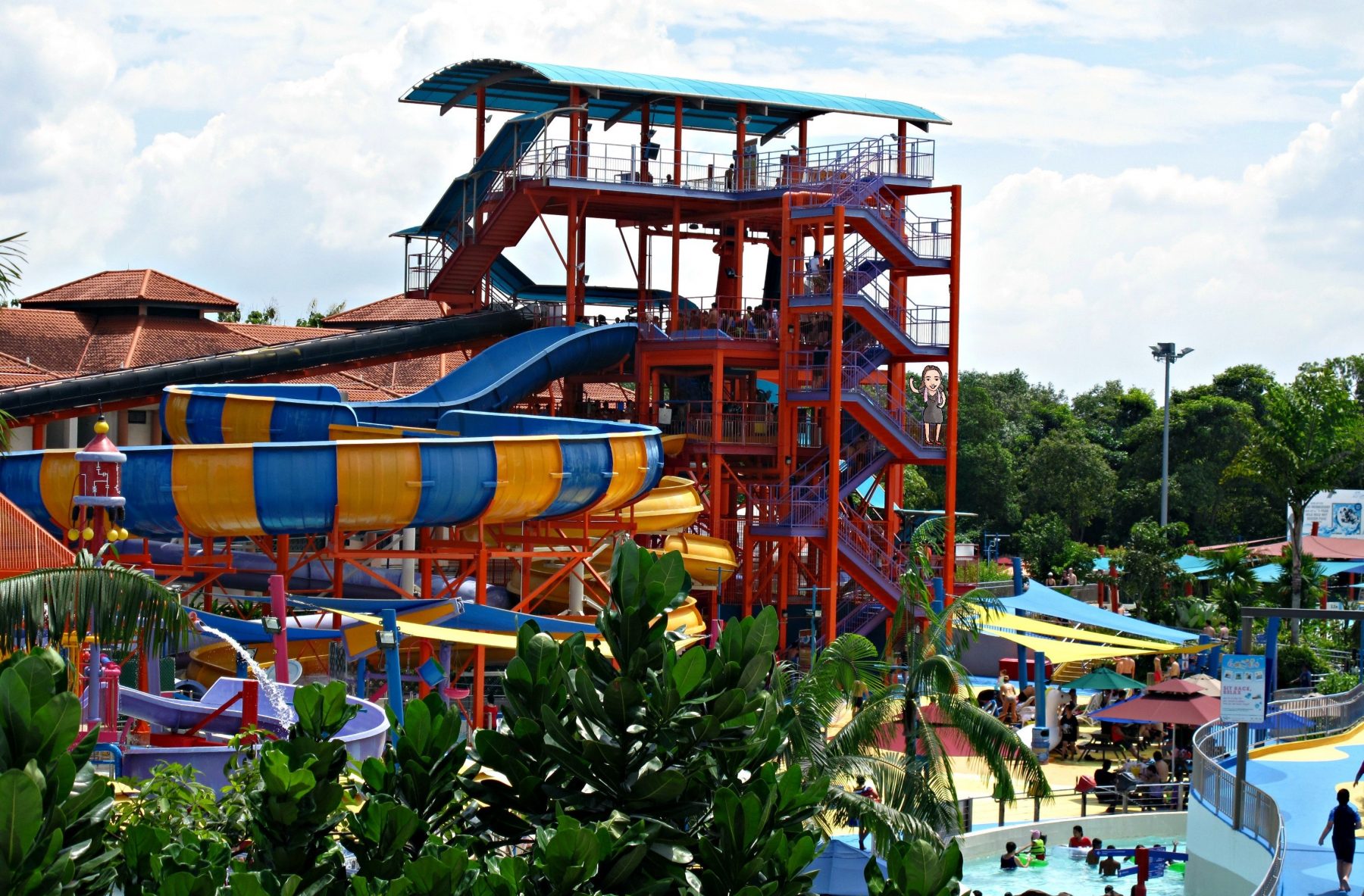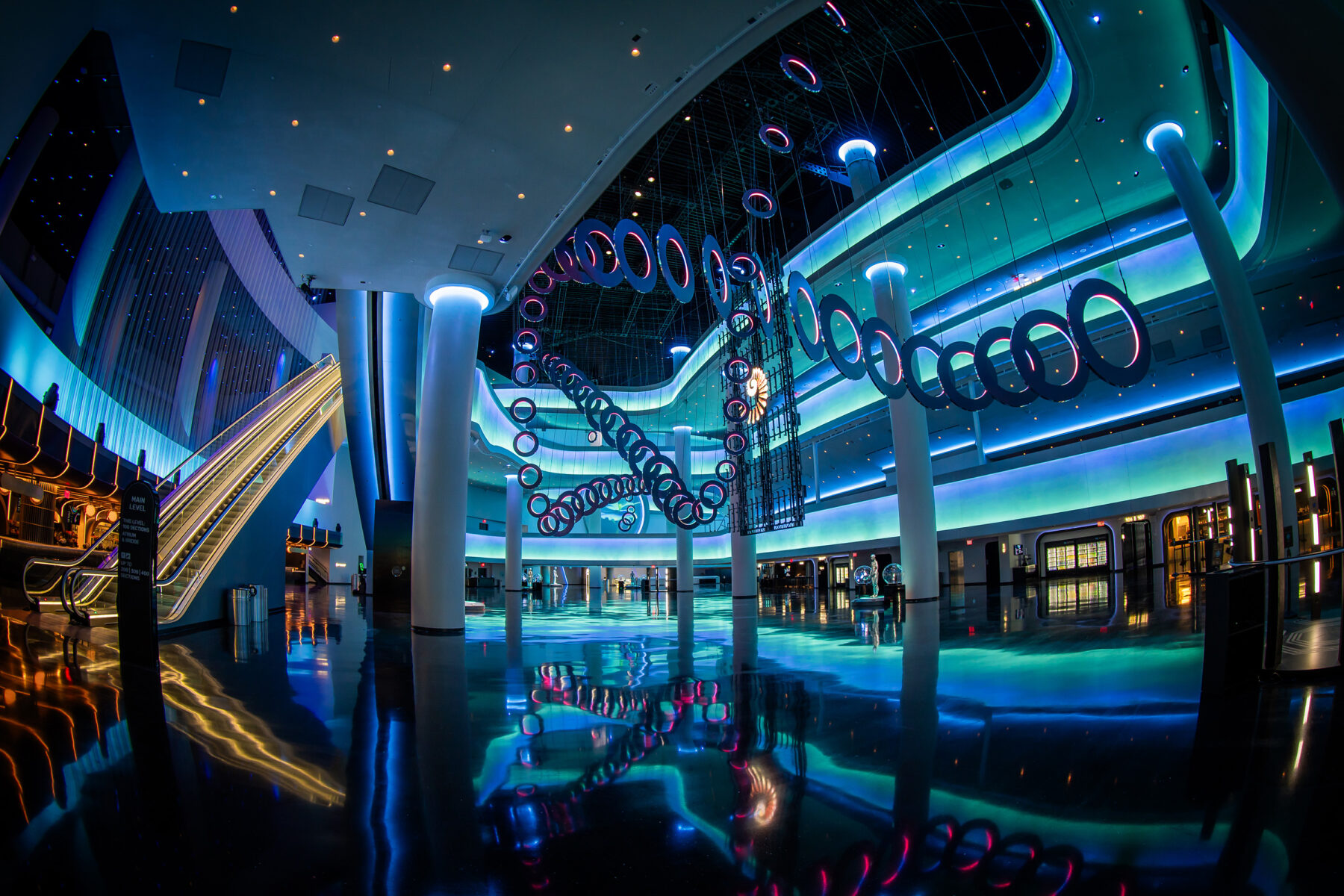The 2020 Water Park Experience Index: Navigating the Current Cost Landscape of Water Park Development
According to the 2019 TEA/AECOM Theme Index and Museum Index Global Attractions Attendance Report, attendance at water parks worldwide totaled more than 31 million last year, a slight increase over the previous year. With the continued endurance of this warm-weather, family-friendly staple, it is important to understand that water park development has its unique set […]
According to the 2019 TEA/AECOM Theme Index and Museum Index Global Attractions Attendance Report, attendance at water parks worldwide totaled more than 31 million last year, a slight increase over the previous year. With the continued endurance of this warm-weather, family-friendly staple, it is important to understand that water park development has its unique set of considerations and challenges, which vary from other themed and entertainment destinations.
It can be a useful cost management tool to categorize water parks into different ‘types’ based on various components, and use historical data as a guide to help determine the project’s warranted investment – just as we do with the Park Experience Index, which we explored in a previous article.
Similar to traditional amusement and theme parks, the economic model of a water park is defined by the attractions, food, beverage, and retail components, and degrees of theming. That said, there is significantly higher amount of overlap in features and associated costs.
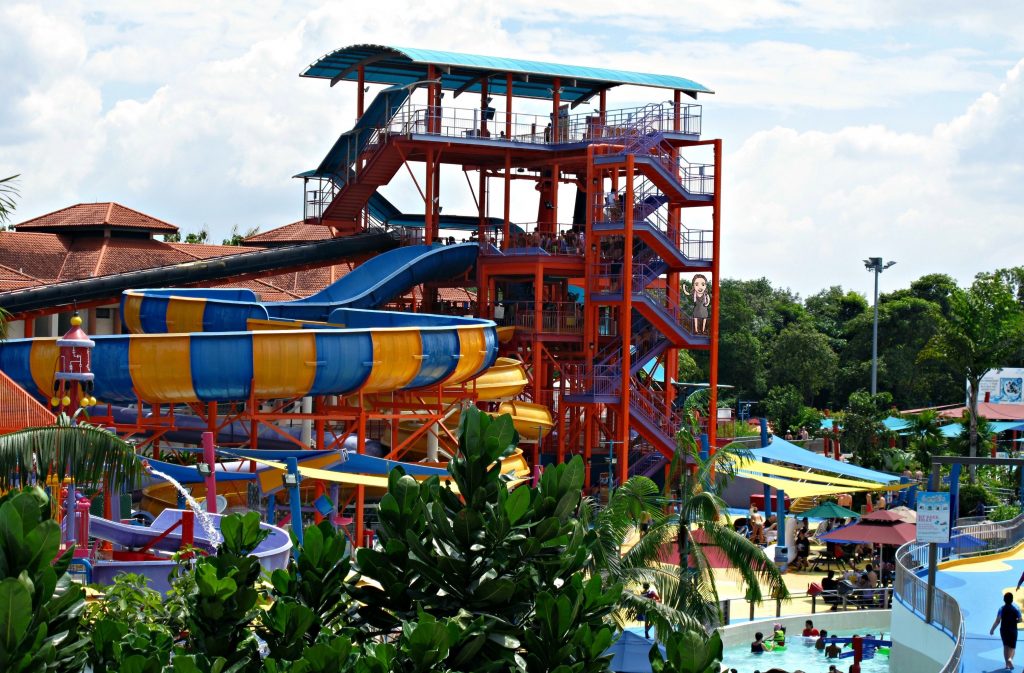
The key is using the Water Park Experience Index as a general framework to determine the project’s budget so that the developer, designers, and all team members are aligned on the expectations of the type of project being developed.
At nFusion, we maintain a comprehensive database of global water park development projects and costs, expressed in dollars and aligned for inflation, to help us shape the categories on the Index and optimize accuracy – in order for it to be used as an effective cost management tool.
Based on this, below is a breakdown of the Water Park Experience Indexwe have developed for 2020 (**Note that this looks only at water parks open for public admission, not those limited to resort guests):
Water Parks with Off-the-Shelf, Generic Rides
- Cost ranges from $80-110 per guest
- Attendance of 0.4-1.2 million anticipated in first year
- Average stay of half-day to one full day
- Number of attractions range from 12-15
- Investment of approximately $46m-$94m
These are water parks that typically feature simple landscaping and area development, a range of off-the-shelf mild-, moderate-, and high-thrill rides, lazy rivers, wave pools, and kids’ play zones.
They will have basic food and beverage facilities, primarily kiosks, carts, and exterior seating, and minimal retail that might include a rental shop or the selling of beachwear, beach accessories, and souvenirs.
Examples of this type of park include Wet’n’Wild Las Vegas and Knott’s Soak City.
Water Parks with Low Theming
- Cost ranges from $60 – $175 per guest
- Attendance of 0.46m – 0.72 million anticipated in first year
- Average stay of one full day
- Number of attractions range from 12-18
- Investment of approximately $31-124 million
These water parks feature landscaped environment with some themed elements and include mostly off-the-shelf mild-, moderate-, and high-thrill rides, lazy rivers, wave pools and kids play zones, also with some theming.
Façades and interiors will typically be lightly themed, food and beverage will be mostly kiosks and carts, with exterior seating for dining. Minimal retail will probably include a rental shop or the selling of beachwear, beach accessories, and souvenirs.
Examples include the Water Park at LEGOLAND Malaysia Resort and Adventure Island.
Highly Themed Water Parks
- Cost ranges from $110-345 per guest
- Attendance of 0.65-2.1 million anticipated in first year
- Average stay of one to two days
- Number of attractions range from 12-24
- Investment of approximately $203-656 million
These water parks often feature immersive landscaping with mature trees, feature rockwork, themed cabanas, as well as themed props and façades in all public areas.
Attractions will be highly themed and often story based, with some being one-of-a-kind, custom-built rides. These parks will also feature extreme thrill experiences, quality live and night-time entertainment, and may include a chairlift or coaster.
Food and beverage carts and kiosks are themed and indoor dining feature themed façades and interiors. Adult beverages will often be served. Retail includes a rental shop and themed beachwear, beach accessories, and souvenirs.
Examples include Disney’s Blizzard Beach and Universal’s Volcano Bay.
Hybrid Water Park with Animals
- Cost per attendee ranges from $95-350+ per guest
- Attendance of 0.52-1.56 million anticipated in first year
- Average stays of one to two days
- Number of attractions range from 8-15
- Investment of approximately $148-181 million
These water parks often feature immersive landscaping with mature trees, feature rockwork, themed cabanas, and themed props and façades in all public areas.
Additionally, they include live animals, interactives, and underwater experiences.
Attractions will be highly themed and often story based, with some being one-of-a-kind, custom-built rides. These parks will also feature extreme thrill experiences, quality live and night-time entertainment, and may include a chairlift or coaster.
They will also typically offer close encounters with live animals as well as basic instruction.
Food and beverage carts and kiosks are themed and indoor dining feature themed façades and interiors. Adult beverages will often be served. Retail includes a rental shop and themed beachwear, beach accessories, and souvenirs, as well as places to purchase wetsuits and individual or group animal encounters.
Examples include Aquatica Orlando and Atlantis Aquaventure Water Park (Atlantis, Bahamas)
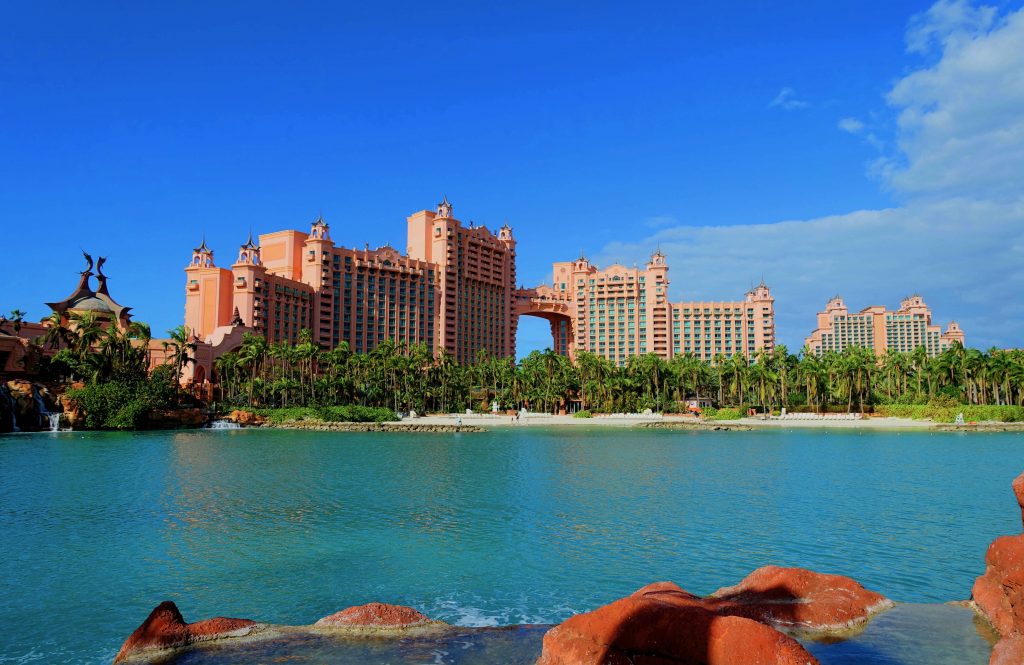
Like other themed and entertainment development projects, water park development can typically be broken down into six Divisions of Work (DOW): Location, Design and Professional Fees, Hard Costs, Pre-Operations, Corporate, and Contingency.
Overall scope and variables within these categories can greatly impact project cost and duration.
While many water parks cost less than $100 million, and even highly themed projects cost rarely go over the $200 million range, there are outliers that offer expansive, elevated experiences and can require several times that spend.
It is important to be aware of some of the other general differences in water park development versus more traditional theme park projects, including the fact that there is much more facility infrastructure to consider based on the nature of water-based attractions.
Further, compared to other types of parks and entertainment destinations, water parks have traditionally seen much less opportunity for in-park guest spending, since people do not want to carry their wallets on them while getting soaked!
That said, this is slowly shifting due to the increased use of wristbands and apps to help facilitate purchases seamlessly. Because of ever-evolving factors like this, it is critical to not only look at a water park-specific Experience Index, but one that utilizes numbers that are up to date.
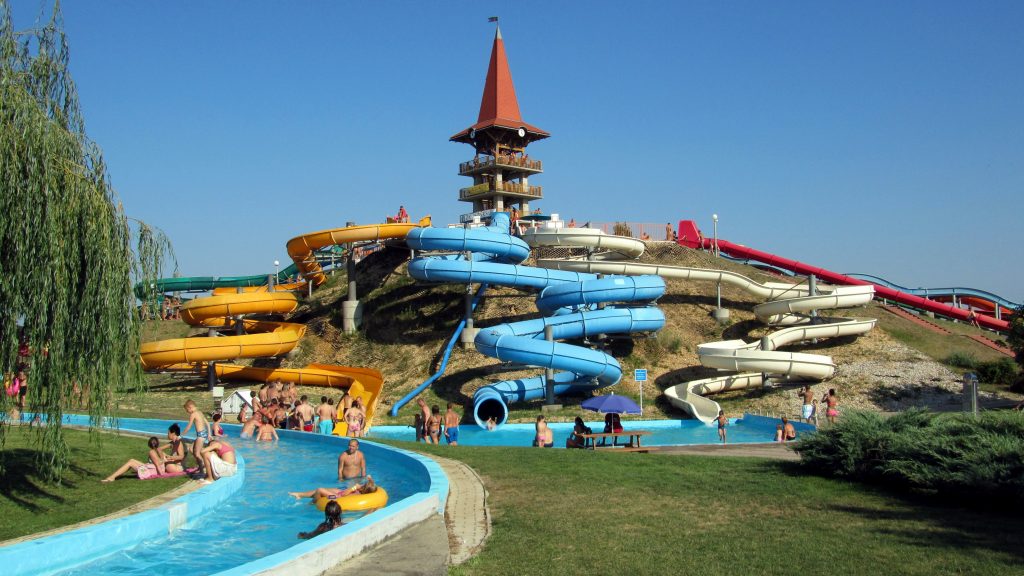
While figuring out where your water park development falls on the Index might not be a simple task – or even have a clear-cut answer! – it can be a highly valuable component of working with a trusted cost management team, which can help you determine the right scale, scope, and budget for your project from the outset.
